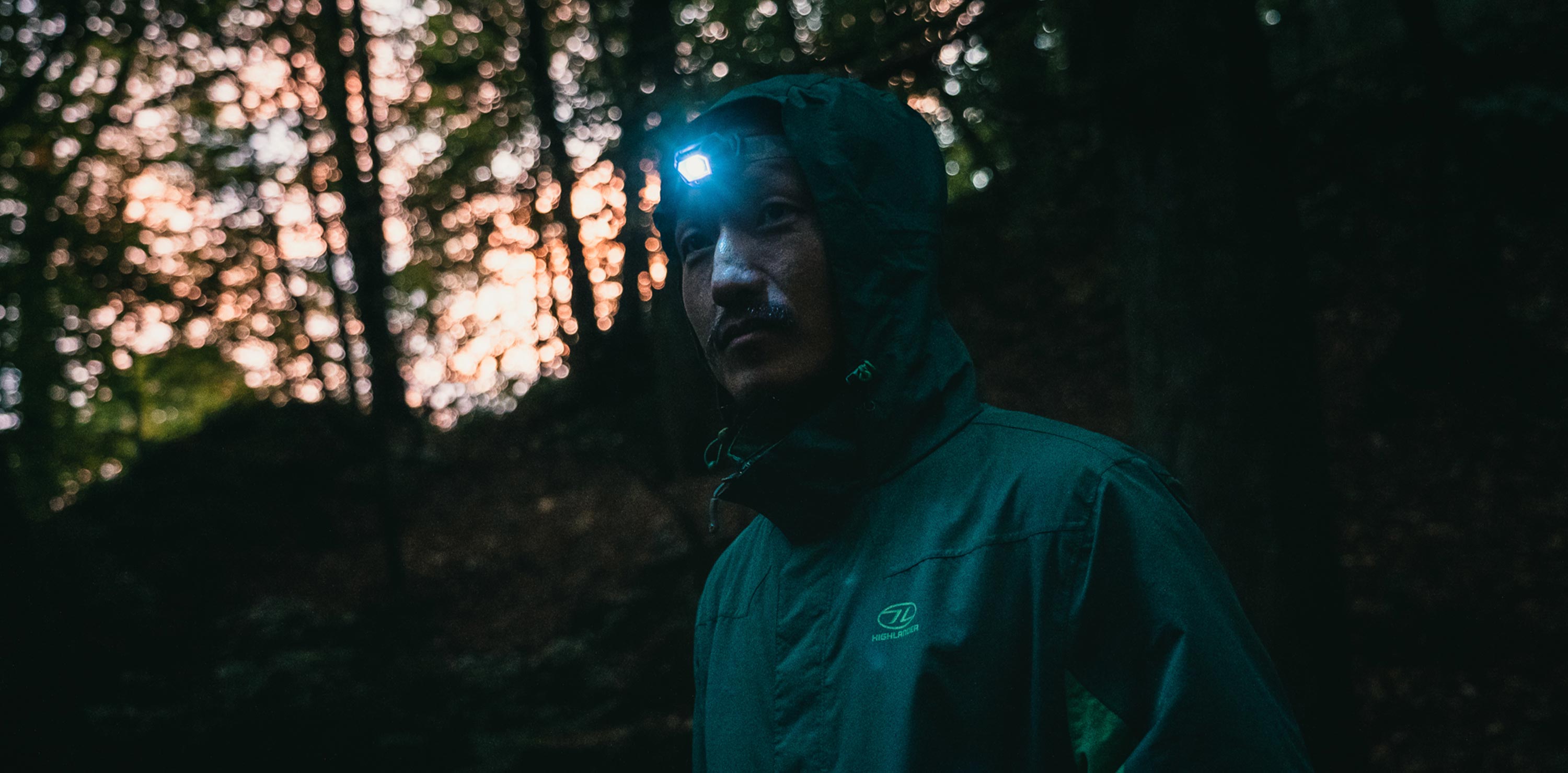We are often asked about the best lighting options to use for camping trips. Head torches come in all shapes and sizes and the right head torch for you will largely depend on the activity you’re undertaking and conditions you’ll encounter.


We are often asked about the best lighting options to use for camping trips. Head torches come in all shapes and sizes and the right head torch for you will largely depend on the activity you’re undertaking and conditions you’ll encounter.

There are a number of different things to consider when finding the right solution for you:
• What am I using it for? Will you need the torch whilst walking or only inside the tent?
• How many lumens do I need for a head torch (How bright)?
• What type of batteries do I need (batteries or rechargeable)?
• Do I need a waterproof head torch?
• What head torch features do I need?
Head torches are very popular with mountaineers, campers and backpackers as you can easily use them to light your way whilst walking as they always shine in the direction you are looking. They also leave your hands free to navigate, use walking poles or fiddle with equipment like tents or stoves.
We strongly recommend having a small headtorch (or possibly two!) in your rucksack as part of your safety kit. Delays do happen on trips and we have all ended up walking in the dark or setting up a camp in the dark at some point. Having that small backup torch just makes life much easier when all the lights go out.
A smaller, light head torch with fewer lumens is also great for using in and around the tent. Not so bright as to dazzle yourself and others around you but bright enough to see what you're doing. Also, higher lumen head torches will often have a shorter battery life, so it’s worth using a less powerful torch to save battery life. Many modern torches come with a variety of settings to allow you to preserve battery life. You need very little light to see by in a small lightweight tent so this is a useful energy saving feature.
When out on the trail at night, the brighter the head torch, the better. More lumens with a direct beam means you'll see more of the route ahead.

Traditional hand torches are easily carried and can be shone around in any direction but often tricky when trying to use your hands to do tasks.
Lanterns come into their own in a campsite setting where they can be hung or placed giving off light in all directions.
A lumen is the measure of the amount of light visible to the human eye given off by a light source. This was historically measured in Watts but this is inaccurate as a Watt is a measure of energy consumption rather than of light given off. The higher the number of Lumens, the brighter the light. A traditional 25W bulb would give off approximately 250 Lumens.
The amount of light you need depends on what you are doing. If you are using your torch to light your way on a dark and stormy night you might want something with a high lumen count which will light up your path for a considerable distance ahead. If it’s mainly for light inside the tent, something less powerful but more compact might be an option.
You may also see the IP rating in relation to torches (particularly head torches). The IP rating is a measurement of the amount of protection a device has against water entry. Most head torches would be rated IPX4 or IP44 which would mean they were splashproof against water from any direction – Rain for instance but are not ‘waterproof’ or designed for immersion.
In addition to power settings, some torches have strobe settings or additional red bulbs which can be used to protect night vision.

Battery or rechargeable?
Personal choice – Batteries can be changed during a trip but can make the torch heavier. Rechargeable torches tend to have Micro USB attachments and can be charged up at home prior to a trip. They can be more of a problem to recharge however unless you carry a power monkey type recharger with you.
Other features available
Again, the features you require may change depending on your activity. Red light helps you to maintain your night vision and green lights are best for map reading. Our Highlander Polaris Head Torch has a red light at the back. Some of the head torches have larger buttons designed for using with gloves so you're not fiddling around getting cold fingers trying to operate them and the Highlander Deneb Head Torch includes a sensor so it can be operated by a wave of the hand.
Check out the range of head torches and find the right one for you here.